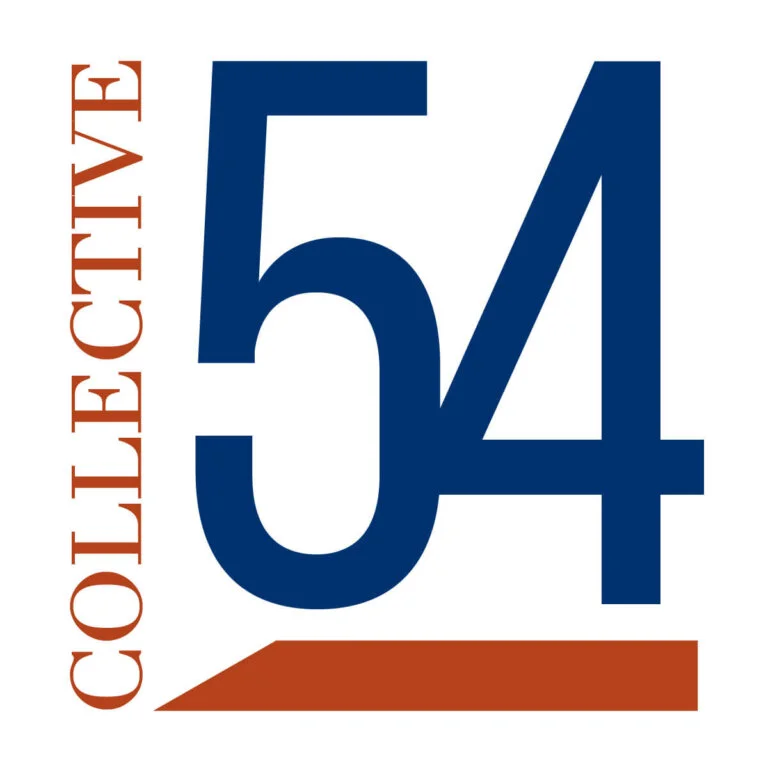|
Getting your Trinity Audio player ready... |
Your To-Don’t List Is More Important Than Your To-Do List

Let’s be honest: your to-do list is lying to you.
It looks productive. It feels necessary. But in reality, it’s a guilt trip disguised as a plan — a mashup of legacy tasks, half-finished habits, and things you swore you delegated but somehow ended up doing again this week.
You launched your company with vision, instinct, and bold decisions. But as the business grew, so did the clutter — daily check-ins, report reviews, impromptu Slack consults, spreadsheet rituals no one remembers the reason for. Suddenly, your calendar looks like a game of Tetris no one’s winning.
If you’re spending your days reacting instead of leading, it’s time to clear the deck. Your biggest challenge probably isn’t doing the work — it’s escaping the work that doesn’t need you anymore.
That’s where the To-Don’t List comes in.
We believe in a simple but powerful mantra: Eliminate. Automate. Delegate.
Think of it as your personal productivity cleanse — a way to ditch the busywork and reclaim your brain for the stuff that actually matters.
Let’s break it down — and yes, we’ll do it in the order that matters.
Eliminate: Stop Doing the Stuff That Doesn’t Matter
The easiest task to manage is the one that doesn’t exist anymore.
Every founder has legacy processes lurking in their workflow. A report you started pulling when cash flow was tight three years ago. A check-in meeting that was useful when the team was five people. Tasks that once solved a problem but now just waste time — and no one questions them because “that’s how we’ve always done it.”
Your To-Don’t List starts here. Inventory your week and ask one question over and over: “What would break if I stopped doing this?” If the answer is “not much,” it’s time to hit delete.
Automate: Let the Robots Have It
Now that you’ve shed the dead weight, turn to what’s left. Some tasks do need to happen — but they don’t need a human (especially you) to do them.
This is where automation shines. Whether it’s a recurring email summary, a triggered alert, or a database update, there’s probably a tool that can take it off your plate. Platforms like Zapier, Make, or native CRM automations are underused treasures — especially by busy execs who think automation is “for the ops team.”
It’s not. It’s for you. Think of it as future-you sending present-you a gift.
Add to your To-Don’t List: “Don’t manually build that report ever again.”
Delegate: You’re Not the Only Adult in the Room
Finally, we reach the step most founders think they’ve mastered… until we ask them to hand off something that really matters.
Look, we get it. You’ve built this thing from scratch. You care deeply. You’ve been burned before. But here’s the truth: if you’re the only one who can do it, you’re the bottleneck.
Delegation doesn’t mean dumping tasks and hoping for the best. It means transferring ownership with clarity — defining the “why,” outlining the “how,” and trusting your people to rise to the occasion. Done well, it’s not just a productivity hack — it’s leadership development.
And don’t be surprised if you hear this afterward: “Thanks for letting me take this on.” People want to contribute. Give them the chance.
Your To-Don’t List should include at least three things that someone else can own by next week. Write them down. Then let them go.
Your Real Job Is Still Waiting
When you Eliminate, Automate, and Delegate, something magical happens: you start thinking again.
You remember what it’s like to have ideas. To spot opportunities. To get ahead of problems before they show up on your dashboard.
That’s the job of a CEO — not triaging calendar invites and manually running reports. The right stuff — the hard stuff, the valuable stuff — needs your full attention.
We believe in this approach because we’ve seen what happens when leaders embrace it: not only do they reclaim space, but they also unlock energy, clarity, and momentum. And it spreads. Teams follow the example. Culture shifts. Focus returns.
So ask yourself: What’s on my To-Don’t List?
And then: What happens when I actually stick to it?
